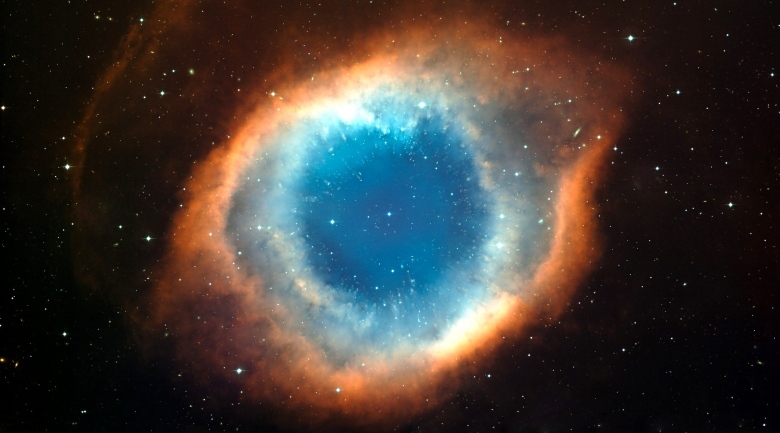
Measurements were made by two cameras sent beyond the atmosphere on a rocket. After subtracting all the interference from dust and galaxies, the leftover light has ripples in it, which the study’s authors ascribe to lone stars, flung out during galactic collisions. Other scientists believe it comes from whole galaxies that are very distant.
Prof Jamie Bock from Nasa’s Jet Propulsion Laboratory, one of the report’s authors, described the extragalactic background light (EBL) as "kind of a cosmic glow". "It’s very faint – but basically the spaces between the stars and galaxies aren’t dark. And this is the total light made by stars and galaxies during cosmic history," Prof Bock told the BBC.
Earlier measurements from rockets and satellites had shown that there was more fluctuation in this background than the sum total of known galaxies could explain. At least two proposals were made to account for the extra light: it might come from very early, distant galaxies that formed when the universe was much younger, or it might come from stray stars outside galactic boundaries. Prof Bock’s team set out to study the EBL in detail, in terms of its colour and its distribution, to try and settle the debate.
